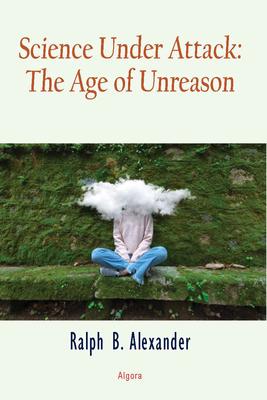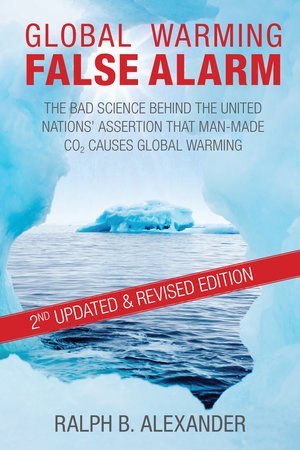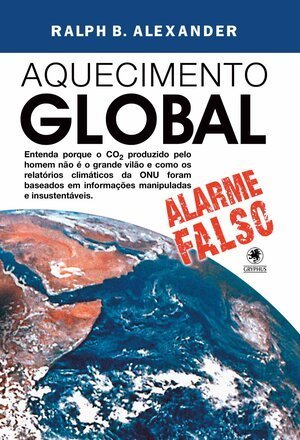When No Evidence Is Evidence: GMO Food Safety
/The twin hallmarks of genuine science are empirical evidence and logic. But in the case of foods containing GMOs (genetically modified organisms), it’s the absence of evidence to the contrary that provides the most convincing testament to the safety of GMO foods. Although almost 40% of the public in the U.S. and UK remain skeptical, there simply isn’t any evidence to date that GMOs are deadly or even unhealthy for humans.
Absence of evidence doesn’t prove that GMO foods are safe beyond all possible doubt, of course. Such proof is impossible in practice, as harmful effects from some as-yet unknown GMO plant can’t be categorically ruled out. But a committee of the U.S. NAS (National Academy of Sciences, Engineering and Medicine) undertook a study in 2016 to examine any negative effects as well as potential benefits of both currently commercialized and future GMO crops.
The study authors found no substantial evidence that the risk to human health was any different for current GMO crops on the market than for their traditionally crossbred counterparts. Crossbreeding or artificial hybridization refers to the conventional form of plant breeding, first developed in the 18th century and continually refined since then, which revolutionized agriculture before genetic engineering came on the scene in the 1970s. The evidence evaluated in the study included presentations by 80 people with diverse expertise on GMO crops; hundreds of comments and documents from individuals and organizations; and an extensive survey by the committee of published scientific papers.
The committee reexamined the results of several types of testing conducted in the past to evaluate genetically engineered crops and the foods derived from them. Although they found that many animal-feeding studies weren’t optimal, the large number of such experimental studies provided “reasonable evidence” that eating GMO foods didn’t harm animals (typically rodents). This conclusion was reinforced by long-term data on livestock health before and after GMO feed crops were introduced.
Two other informative tests involved analyzing the composition of GMO plants and testing for allergens. The NAS study found that while there were differences in the nutrient and chemical compositions of GMO plants compared to similar non-GMO varieties, the differences fell within the range of natural variation for non-GMO crops.
In the case of specific health problems such as allergies or cancer possibly caused by eating genetically modified foods, the committee relied on epidemiological studies, since long-term randomized controlled trials have never been carried out. The results showed no difference between studies conducted in the U.S. and Canada, where the population has consumed GMO foods since the late 1990s, and similar studies in the UK and Europe, where very few GMO foods are eaten. The committee acknowledged, however, that biases may exist in the epidemiological data available on certain health problems.
The NAS report also recommended a tiered approach to future safety testing of GMOs. The recommendation was to use newly available DNA analysis technologies to evaluate the risks to human health or to the environment of a plant – grown by either conventional hybridization or genetic engineering – and then to do safety testing only on those plant varieties that show signs of potential hazards.
While there is documentation that the NAS committee listened to both sides of the GMO debate and made an honest attempt to evaluate the available evidence fairly, this hasn’t always been so in other NAS studies. Just as politics have interfered in the debate over Roundup and cancer, as discussed in last week’s post, the NAS has been accused of substituting politics for science. Further accusations include insufficient attention to conflicts of interest among committee and panel members, and even turning a blind eye to scientific misconduct (including falsification of data). Misconduct is an issue I’ll return to in future posts.
Next week: What Intelligent Design Fails to Understand About Evolution










